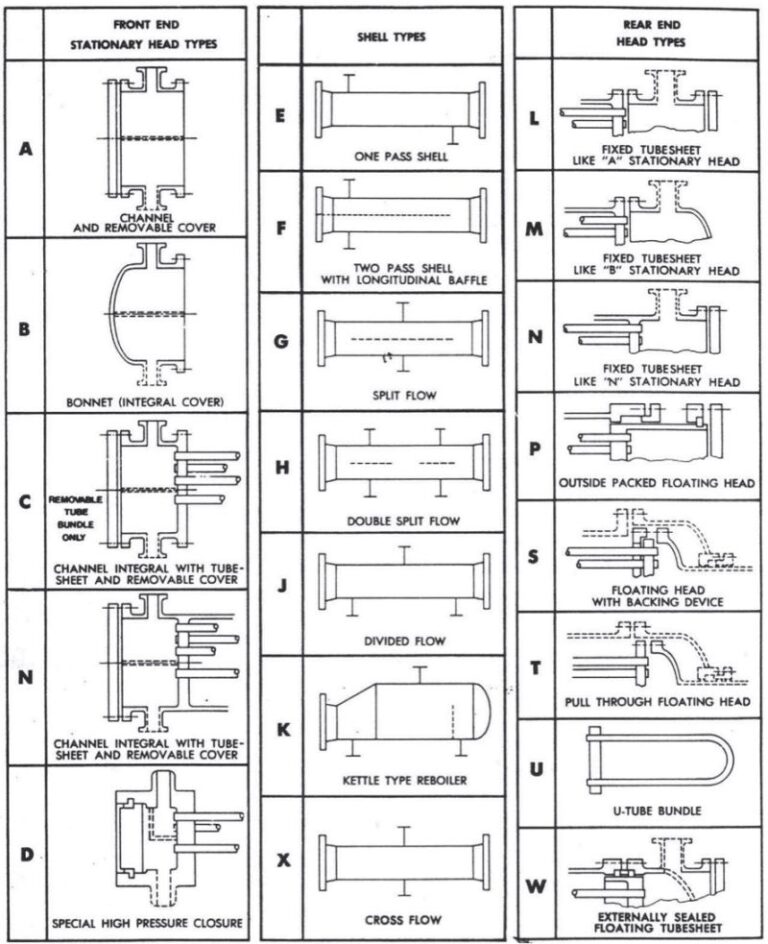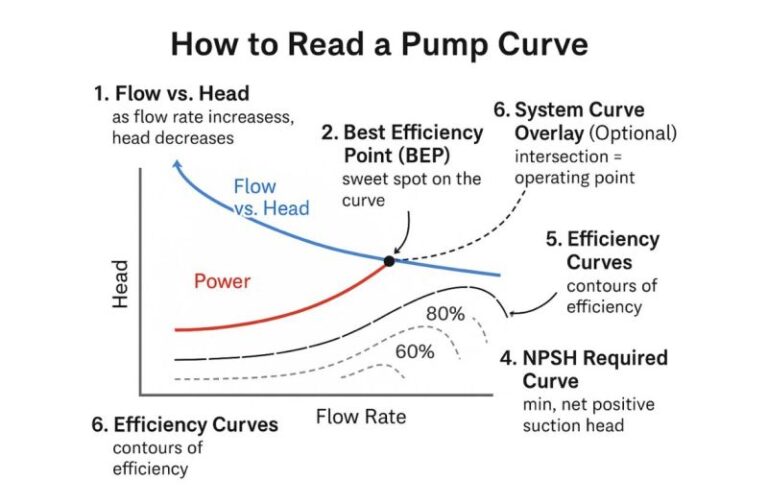When a centrifugal chiller goes into surge, it experiences an unstable operating condition where the compressor’s flow rate drops below the minimum limit required for stable operation. This can cause several issues:
Flow Reversal: The refrigerant flow can momentarily reverse due to insufficient pressure difference across the impeller. This reversal disrupts the normal flow pattern, causing the chiller to lose its cooling capacity temporarily.
Pressure Fluctuations: Surge creates rapid fluctuations in pressure and flow, leading to vibrations and potentially damaging mechanical components such as the impeller, bearings, and seals.
Noise and Vibration: The chiller produces loud noises and vibrations due to the erratic flow, which can harm the equipment and the surrounding environment.
Reduced Efficiency: The chiller’s efficiency drops significantly during surge, causing it to consume more energy while providing less cooling.
Potential Damage: Prolonged surging can lead to mechanical wear and tear, ultimately resulting in equipment failure if not addressed promptly.
Surge typically occurs when the chiller is operating under low load conditions or when the compressor’s capacity and the system’s demand are mismatched. To minimize surge, chiller systems are often equipped with control mechanisms that adjust the compressor’s speed, guide vanes, or bypass valves to maintain stable operation.
So this can happen in centrifugal fans as well except you can’t hear it. Everybody feels it though, and everyone is irritable. I fixed this in two office buildings. When I returned everyone wanted to hug me. Getting variable flow right on chilled water systems requires care. You can damage the impeller.


